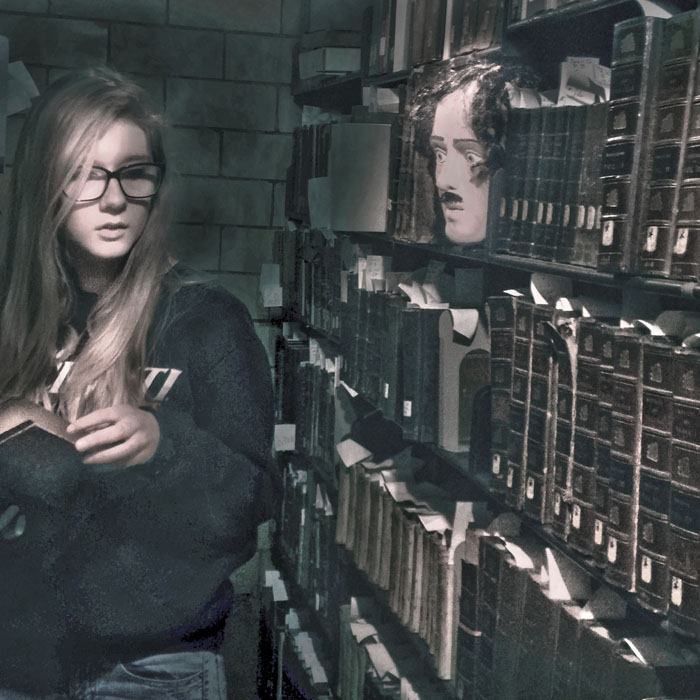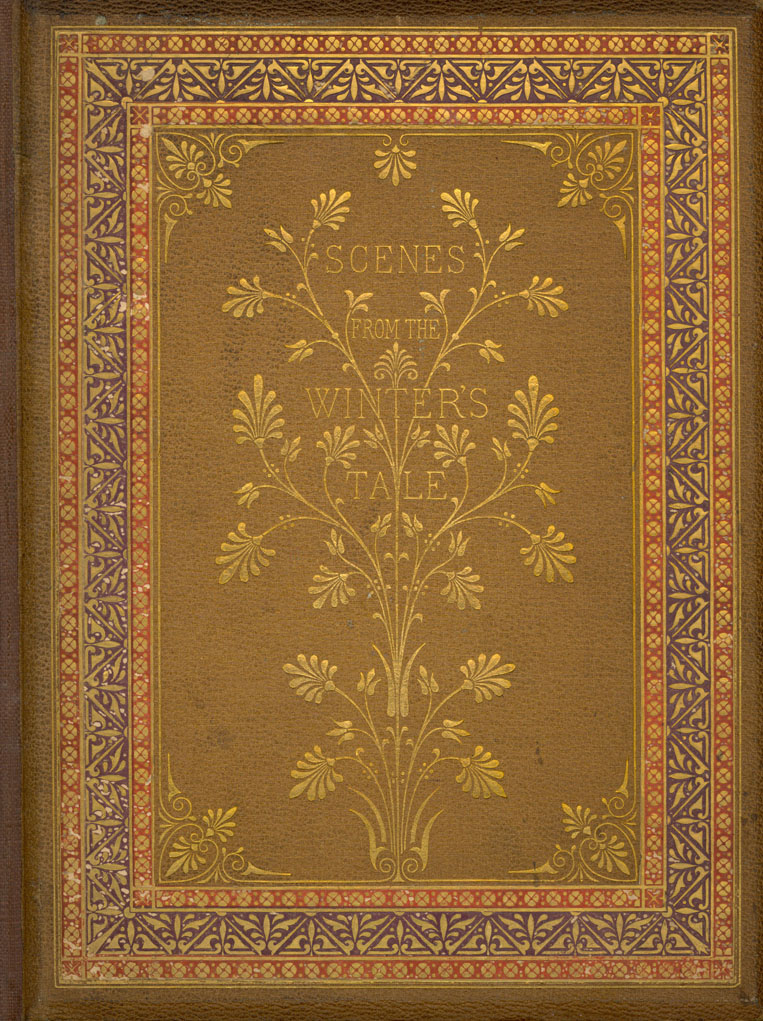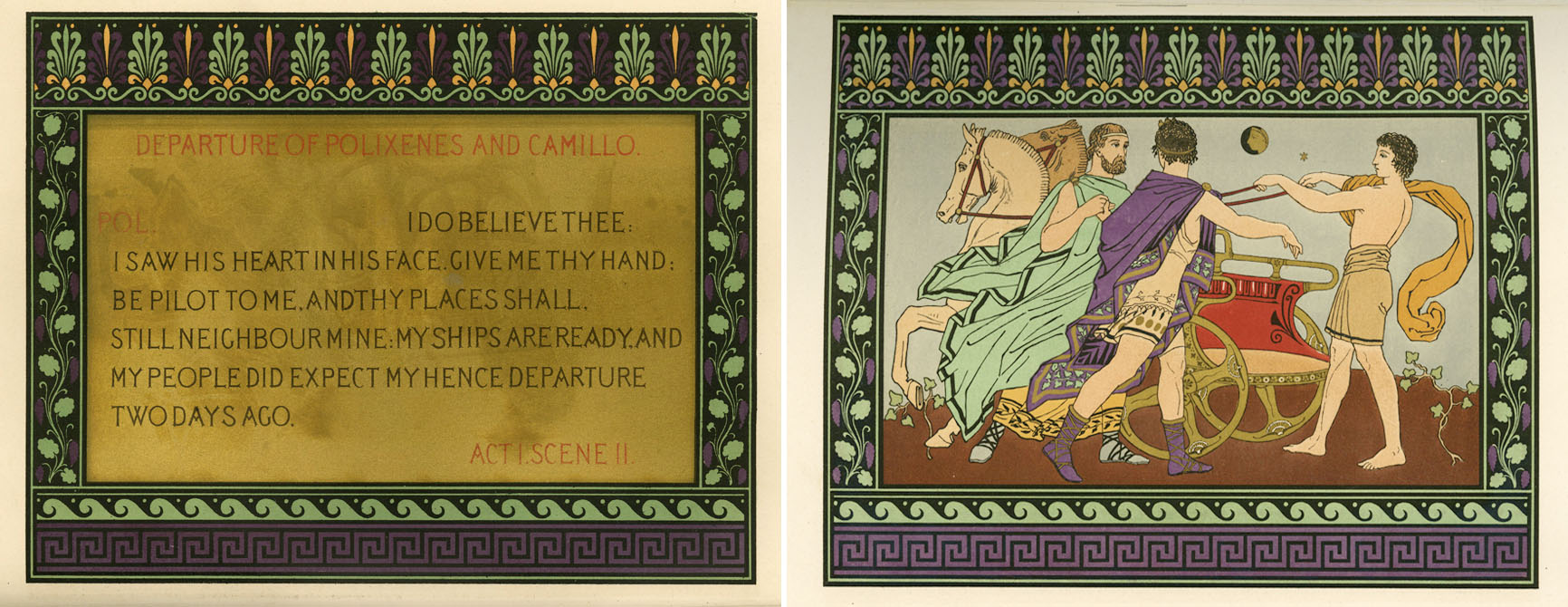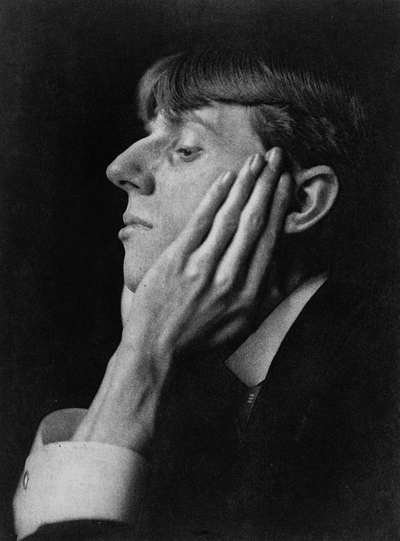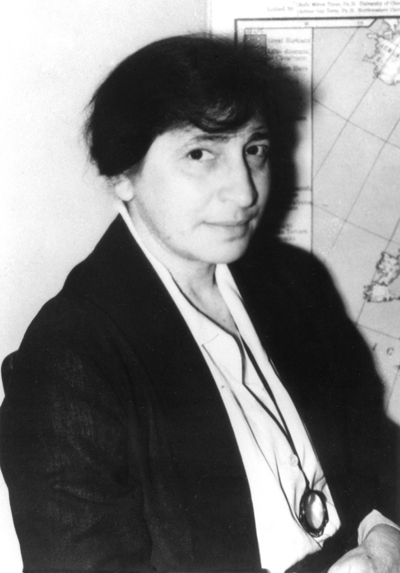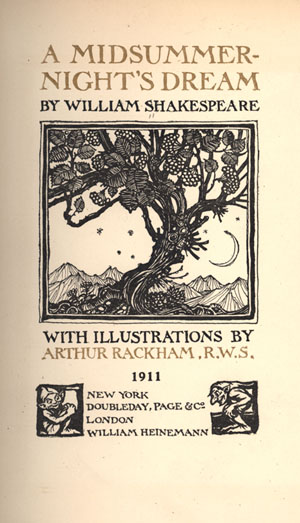By: Sydney Vollmer
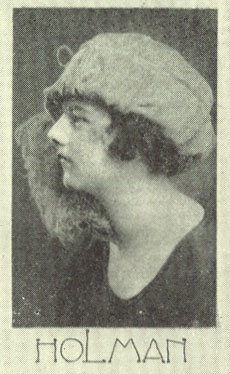 The Fresh Painters Club was considered controversial due to the type of plays it put on—nothing was off-limits. Perhaps the nature of the club was influenced by the free spirits who participated. One such spirit was Libby Holman. Nineteen Twenty-three, the year the club was founded, she played the role of Violet Fields in “Fresh Paint.” Having dreams and talent too big for her hometown, she left for New York in 1924.
The Fresh Painters Club was considered controversial due to the type of plays it put on—nothing was off-limits. Perhaps the nature of the club was influenced by the free spirits who participated. One such spirit was Libby Holman. Nineteen Twenty-three, the year the club was founded, she played the role of Violet Fields in “Fresh Paint.” Having dreams and talent too big for her hometown, she left for New York in 1924.
Born Elizabeth Holzman, her last name was changed sometime after her uncle, Ross, embezzled $1 million dollars from the stockbrokerage he owned with Libby’s father. Mr. Holzman changed the family’s name not only because of the anti-German attitudes in America at the time, but because he most likely wanted to save his kin from being attached to such an outrageous scandal, and because he needed to detach himself from the Holzman name so he could find work. This was only the first of many scandals with which Libby would be associated. Continue reading



